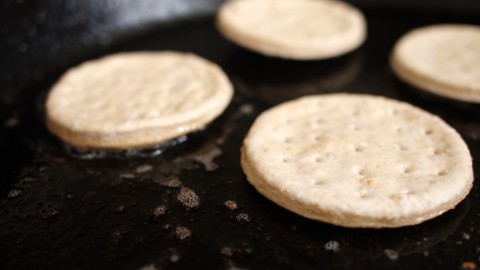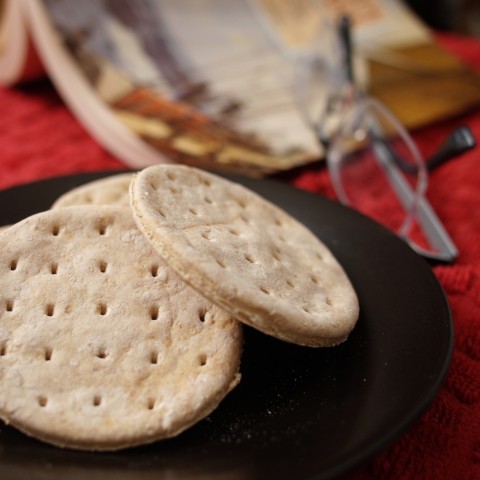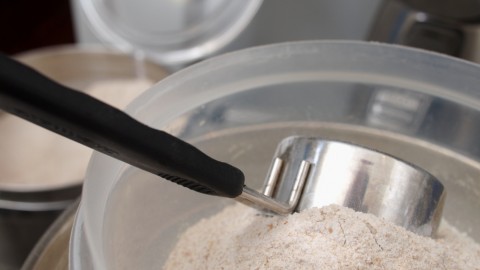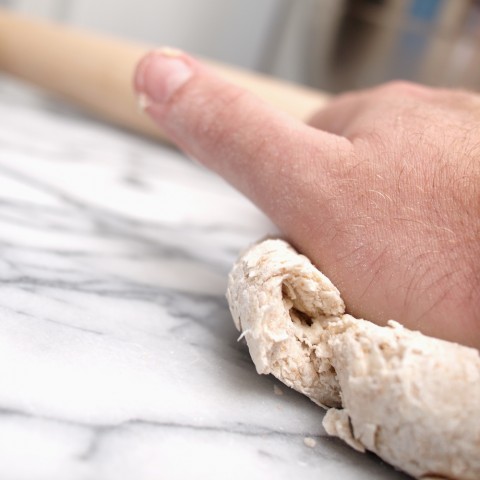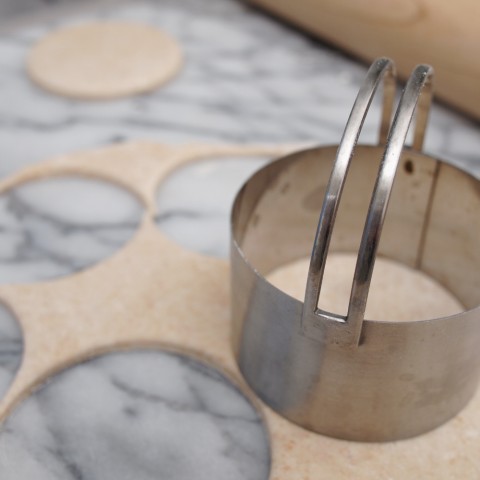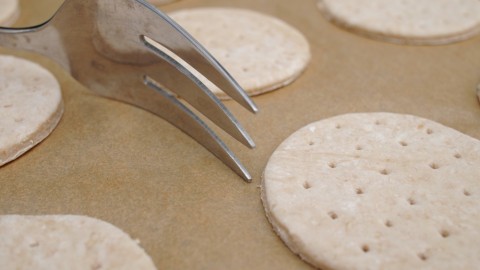At this point, dear readers, you must surely already be aware of my deep and abiding love of Star Trek. But what you probably don’t know about me is that Star Trek is hardly the only shipborne drama that catches my imagination. I’m a sucker for all things nautical, too.
Wherever I travel, if my companions show even the slightest tinge of amenability, one of the first items on my touristy to-do list is to find the local maritime museum. In Reykjavik, it was a dockside exhibition showcasing the importance of fishing and whaling to the Icelandic economy. In Tallinn, it was a museum of nautical mines (the explody kind), followed by the Estonian Maritime Museum, nestled inside of a medieval stone turret named Fat Margaret. Blocks and lines, sextants, scrimshaw, or any other oceanic artifact instantly catches my interest. And especially if there’s a robust and well-sourced explanatory card attached, it’s difficult to drag me away.
And it’s the same with literature and film. Swashbuckling stories of piracy and high-seas adventure aren’t really my thing. I’m not so much one for buried treasure. But point me in the direction of a solitary captain pacing the quarterdeck, of monomaniacal obsession (cetacean or otherwise
), of sailors singing on the forecastle, oblivious to their impending doom, and I’m your man. Point me toward shades of Admiral Nelson, toward Patrick O’Brian’s Jack Aubrey and Stephen Maturin
outflanking the French in the dear Surprise, and you might just have a friend for life.
All I ask, as the poet writes, is a tall ship and a star to steer her by, and the wheel’s kick and the wind’s song and the white sail’s shaking, and a grey mist on the sea’s face, and a grey dawn breaking. That’s all I ask. And I’ll be a pretty happy guy.*
Why, then, haven’t I written about this aquatic enthusiasm before right now? The reason should be obvious. For all the romance of the open ocean, for all the appeal of being a single solitary cork bobbing in an endless expanse, long voyages — especially of the sort propelled by wind and sail — are not known for their quality cuisine. I could write about salt beef, I guess. Or salt horse, or grog, or that horrific wasting disease that manifests in the absence of a ready source of vitamin C. But none of that, I would suggest, is particularly appetizing.
Neither is ship’s biscuit — or hardtack, as it’s otherwise known.

And yet: welcome to today’s experiment!
Baked for longevity, not flavor, these pucks of flour, water, and salt gain their former name for having been a seaman’s staple at least since the time of the Spanish Armada, doled out, a pound a day, to every sailor berthed before the mast. And they gain their later name for the fact that they are indeed hard as tacks — built to bust teeth, to be broken up with the butts of rifles before they are consumed, and sometimes to stop musket balls fired off from the tops of attacking ships.
Navies would keg these little breads in watertight barrels, and stow them in ships’ holds. And unexposed to moisture, they would remain edible for years on end. Edible to us. And edible to whatever else, too.
Which is why soldiers during the American Civil War, for whom hardtack was also a staple ration, called them worm castles. They would soak their hardtack in water for a couple of hours, skim off the inhabitants that wormed their way out, and then fry the remaining biscuit in bacon grease to improve its palatability.
I tried this. It was actually kind of delicious. I can’t comment on the debugging properties of an hour’s soak, but I can say that it’s not nearly long enough to soften the hardtack up.
So the question then becomes: if ship’s biscuit is so vile, so horrible, every bit as unappetizing, on the surface, as a case of scurvy, then why make it here?
The answer is that it’s actually none of those things. The trouble with ship’s biscuit is a matter of monotony — that when every day’s ration on a multi-year voyage starts with a pound of the stuff, it gets very old very quickly. And the trouble is a matter of infestation — that when eating it first involves tapping, soaking, or crumbling out the little critters that live inside, it’s hard to be enthusiastic.
But made in a weevil-free environment and eaten sparingly, hardtack is actually pretty tasty. It’s sort of like a thick water cracker, perfect (as I said) for the bacon-grease treatment, good as a caddy for jam or cheese, and not at all bad as a jerky-like snack, meant to be chewed and worried for a long, long time. Hardtack is perfect for making and hoarding, stashing in plastic and taking on long camping trips. (Some of the most vigorous defenses I’ve seen of the stuff come from Internet survivalist message boards.) And hardtack is just right for historical re-creation — for taking with you to a reenactment of the battle of Shiloh, or aboard a day-long cruise on a restored, wood-hulled clipper.
In the recipe that I present below, I’ve tried to stay as close as I can to the original, long-lived concoction. Lots of versions that I see out there on the Internet add butter or milk to pander to our delicate modern sensibilities. But that way leads to nothing but spoilage. My only concession to our time is to suggest a mixture of white and wheat flour. I do this partly for the sake of flavor. But mostly it’s because lots of hardtack was likely made of what we now call first clear flour, which is relatively hard to come by, and of which this mix is a fair (but far from good) approximation.
So eat up, me hearties, and enjoy. And remember: when the end comes, and the sea draugar shamble up from the briny deep, and you have to flee for your lives, this is one recipe that you’ll be glad to have on hand.
350 grams Unbleached AP White Flour
100 grams Whole Wheat Flour
200 grams Water
2 tsp Sea Salt
Preheat your oven to 300F. Add all of the ingredients to a bowl, and mix with a spoon until they come together as a dough. It won’t seem like there’s enough moisture there to accomplish it, but trust me — there is.
Turn the dough out onto a lightly floured pastry board and knead it for about five minutes, until all the ingredients are thoroughly mixed and you’re starting to get some gluten development. Then form the dough into a ball, cover with plastic wrap, and allow it to rest for fifteen to twenty minutes to let the flour finish hydrating.
At the end of that time, give the dough a couple of light kneads, then divide it in half. In turn, with each half, use a lightly floured rolling pin to roll the dough out until it’s about a third of an inch thick. Use a biscuit cutter (or the lip of a glass) to cut the dough into three-inch rounds, and move the rounds to parchment-lined cookie sheets.
With a serving fork, perforate each uncooked biscuit all across its surface in straight rows. Then bake for an hour, turn the heat off in the oven, and allow the biscuits to sit inside for a second hour while the oven cools.
This should make about two dozen biscuits in all. Stored in airtight containers, they should last just about forever. And the recipe can easily be doubled, tripled, or even quadrupled if your plan is to provision a long sea voyage or a post-apocalyptic bunker.
Godspeed!
* In case you required proof, this, I think, demonstrates the degree to which my devotion to Trek and my interest in tales of the sea are wholly intertwined.
